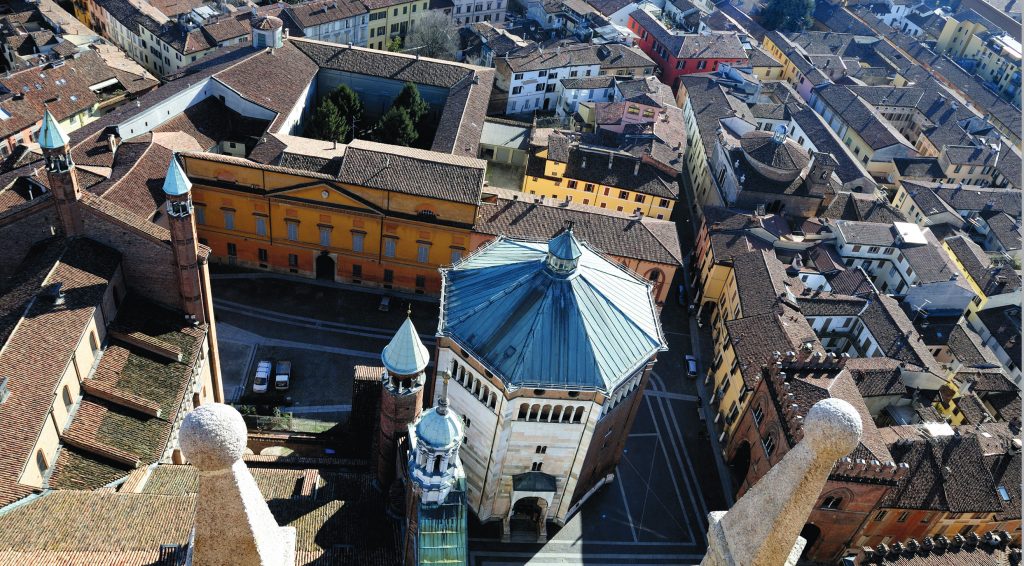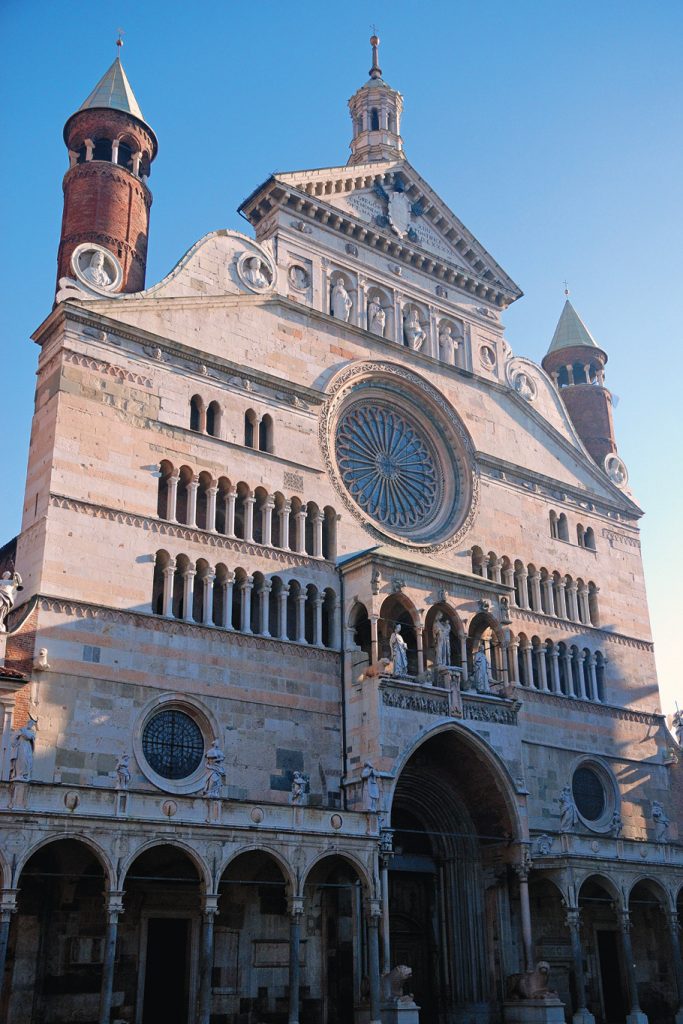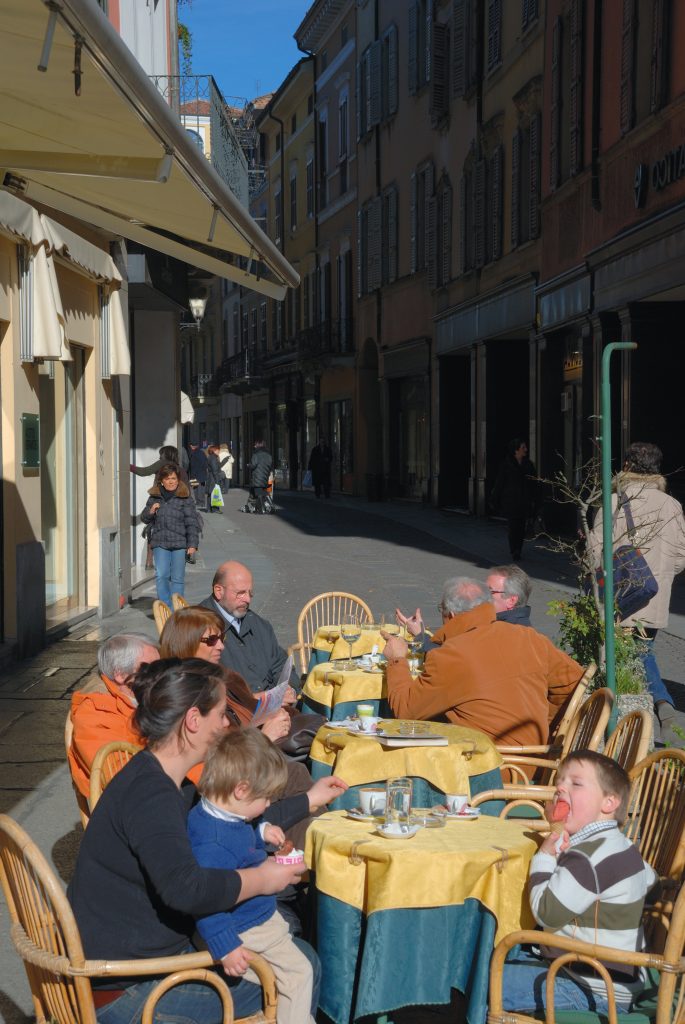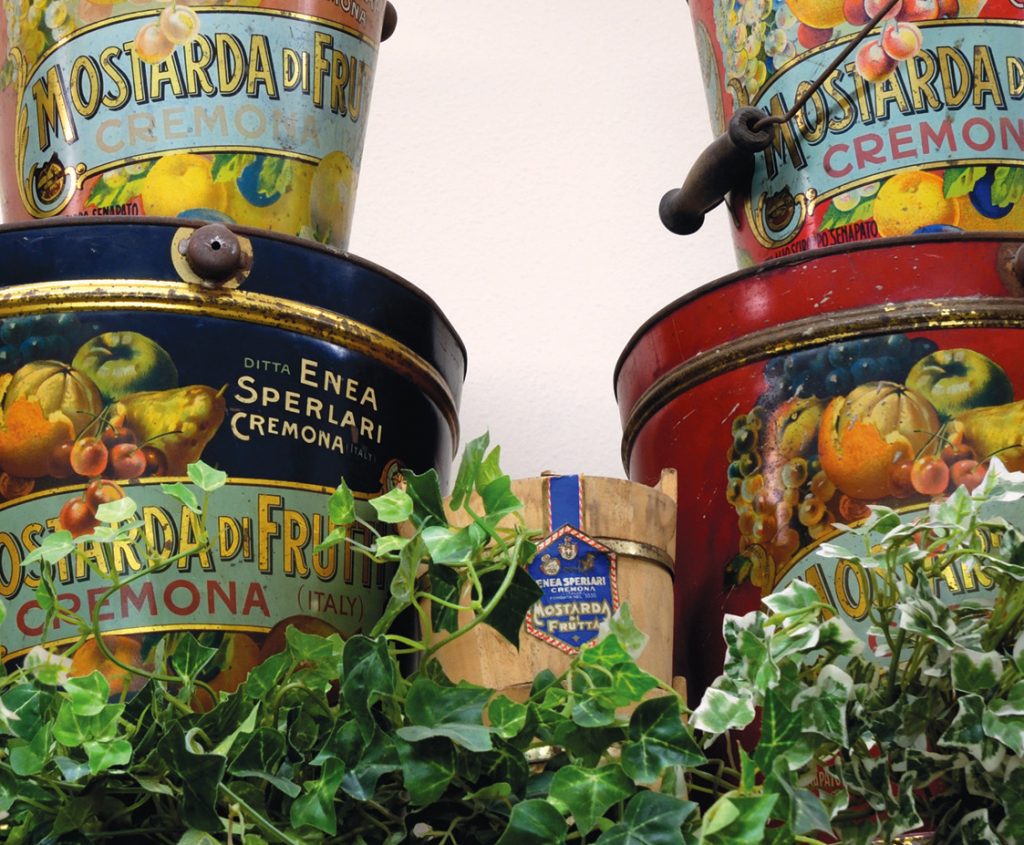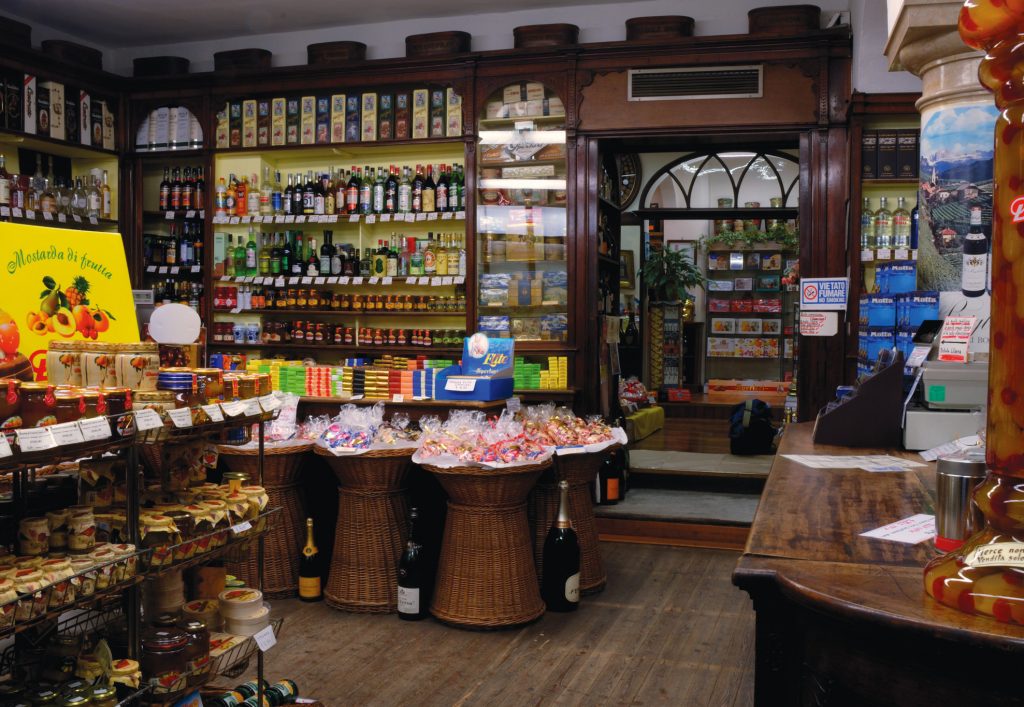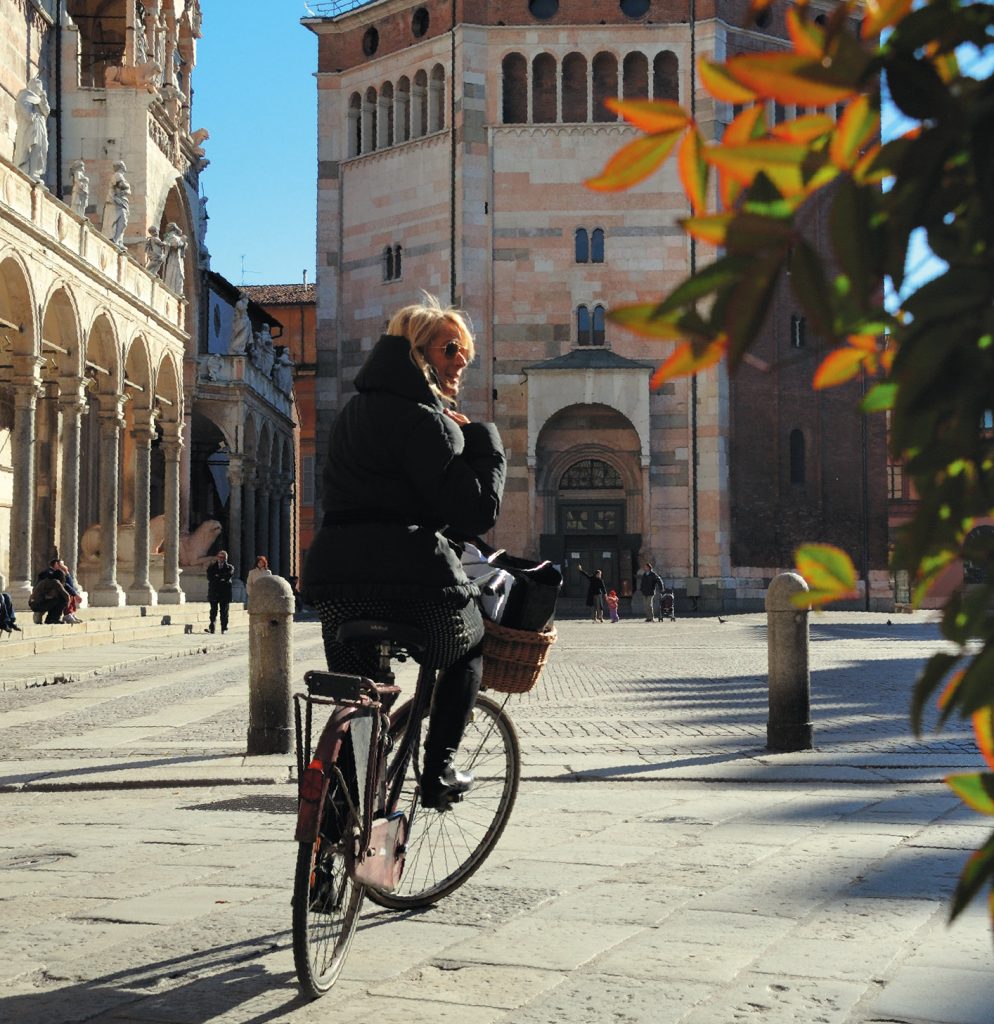Famous, yet relatively overlooked: that is the enigma of Cremona. Mario Matassa visits one of Italy’s truly hidden gems to uncover more than a few good reasons to visit
Modesty is not a trait I would ordinarily ascribe to Italians. Italy is a country dominated by staunch provincial loyalties and most Italians will eagerly shout the relative merits of their home town from the rooftops. The Cremonese are no less fiercely proud of their city, yet they convey their affections with a modesty that underlines the fallibility of national stereotypes.
Their modesty could in part be due to the fact that for centuries Cremona was regarded as Lombardy’s ‘second great city’. Cloaked under the shadow of Milan, and far from the main travel thoroughfares, Cremona was generally omitted from the Grand Tour that brought fame to neighbouring Italian cities.
But fame did come to Cremona, and, as my friend Antonio explained to me, it was mainly thanks to Antonio Stradivarius, who made Cremona his home. Regarded widely as the most famous violin-maker the world has ever known, wherever you wander in this city, you are reminded of his legacy. As I walked into the tourist office, an especially good place to start, I couldn’t but notice the display of violins, in varying states of production – a very clear sign that Cremona is still regarded as a world centre of excellence in this field.
The Perfect Piazza
Why the tourist office is such a good place to start soon becomes clear. Situated under the arches of the Town Hall, the office faces onto the town’s medieval Piazza del Comune. And, as far as piazze go, Cremona’s is an absolute treasure! Here sits the town’s most famous quartet: the cathedral, the bell tower, the baptistery and the 13th-century Palazzo Communale.
Having never seen this piazza before, my first instinct was to charge for the nearest doorway and begin exploring, but Antonio, who has lived his whole life in the area, insisted on a more tempered approach. “Travelling isn’t just about seeing,” he counselled philosophically, “it’s about experiencing.” And there’s no better place to experience this city than at the café on the corner of Via Solferino, looking out onto the piazza.
Formerly occupied by the Cenomani Gauls, Cremona was founded by the Romans in 218 BC. The ancient town still maintains its Roman layout and although the Cremona of today was built over the old city, artifacts and remnants of its former self are still being discovered. Obviously, given its long history, the current façade exhibits a myriad of influences. Whatever your historical predilection, you’ll certainly find your fix here.
Staff at the tourist office proposed a number of itineraries for exploring the city. These include the Cremona of the Roman and early Middle Ages, the Renaissance, 18th-century Cremona and the Spanish influence or Cremona, la citta della musica. You’d be hard pushed to cover everything over a couple of days, but it’s tempting to try.
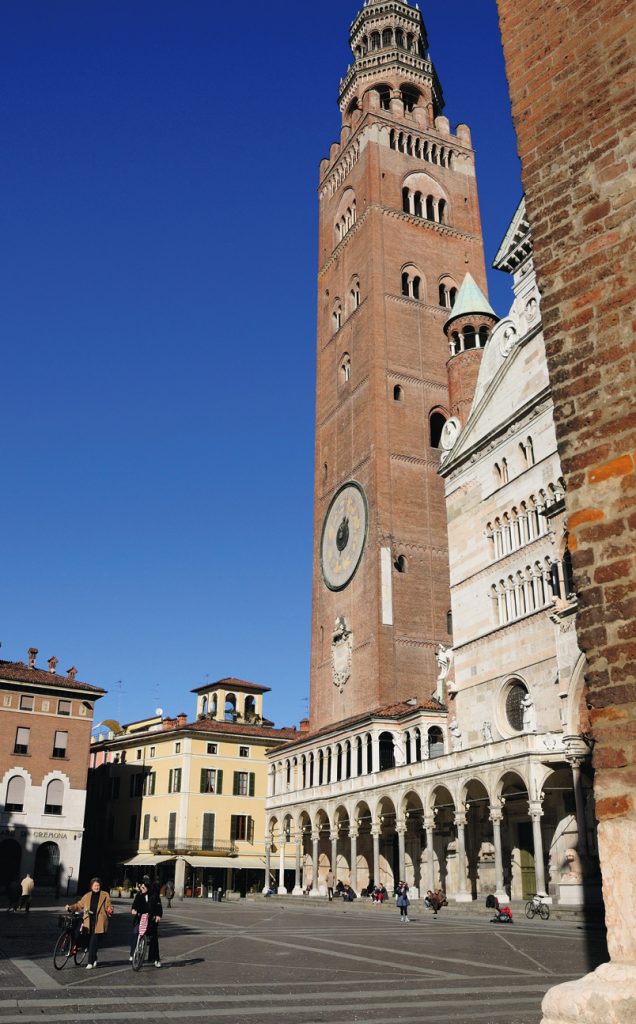
One of the odd advantages of this city, certainly for foreigners, is you can never get lost. The rule of thumb, if you need to orient yourself, is to look for the Torrazzo Tower. Built in the 13th century and standing some 111m high, you can’t miss it. It’s the tallest stone bell tower in Italy. The main body of the cathedral, another gem, is also of early medieval date. The arcaded façade was added during the Renaissance.
Next to the Duomo is the octagonal Baptistery, built in 1167. Notably, it resembles the one in Parma, with its characteristic pink and white marble frontage, albeit in a more understated style. Opposite, completing this famous quartet, is the Loggia dei Militi and the Communal Palace, the city’s seat of government for the last 800 years.
Exploring the city
The narrow cobbled streets leading in all directions from the main piazza are a joy to wander. Every corner you turn there’s another story to tell. A few doors down from the corner café on Via Solferino, we happened on the Sperlari shop, the birthplace of Sperlari Torrone. Legend has it that torrone was prepared to celebrate the marriage of Bianca Maria Visconti to Francesco Sforza on the 25th October 1441. Made from almonds, honey, sugar and egg white, the nougat was supposedly shaped to resemble the Torazzo, hence taking the name, torrone. The owner, a gregarious lady, assured me that nothing had changed since it first opened its doors in 1836.
A few minutes further and we came to the Piazza Roma. This small, communal garden was a delightful surprise – such greenery is an unusual sight in the epicentre of an ancient Italian town. The beautifully kept gardens feature a fountain, a bandstand and a number of sculptures. More significantly, tucked away in the far corner is the last resting place of Antonio Stradivarius. The garden was once the site of a Dominican monastery and the headquarters of the Inquisition. Due to popular demand, the building was demolished after the Risorgimento. The tombstone now lies in the open air.
By late afternoon we made our way back to the piazza. Before dinner, Antonio suggested I see the view from the top of the Torrazzo. Before I had time to object, he paid the €4 for a ticket and said he would see me later in the bar opposite. After the first 100 steps I stopped cursing him, opting to conserve energy for the remaining 387. Although the view from the top is well worth the effort, be warned that this particular excursion isn’t for the fainthearted. Some of the steps are steep, the passageway narrow, at times dizzying, and there’s no lift!
A taste of Cremona
The view aside, gaining the high ground also did wonders for my appetite. When I got back to the bar Antonio was holding a campari with white wine and grinning from ear to ear. By way of apology for putting me through the ordeal he ordered me a drink and we sat down to the serious business of deciding where to eat. As one would expect in an area with a strong farming tradition, cold meats and dairy produce feature heavily in the local cuisine. The salumi of Cremona are particularly notable. To be sampled are the vanilla cotechino (a form of cooked sausage), which is flavoured with Barbera wine and spices, or the salami di filzetta, which is coarsely minced and seasoned.
Two minutes walk from the main piazza and we found ourselves in La Sosta, a welcoming restaurant specialising in typical Cremonese cuisine. I opted for a triumvirate of local dishes, starting with marubini, a meat filled ravioli cooked in a three-meat broth. For seconds I tried lesso, a mixture of boiled meats served with mostarda, which in Cremona is as famous as torrone. Mostarda is an assortment of candied fruits left to marinate in mustard-based syrup. For desert, I opted for the semifreddo di torrone, as it would be verging on criminal to visit Cremona and not sample the torrone.
A timeless experience
The following day, I visited the Ala Ponzone Civic Museum. Housed in the 16th century Palazzo Affaitati, the museum includes the picture gallery, which houses the work of some of the city’s most distinguished artists. There’s a St Francis by Caravaggio and works by Cremona’s own Sofonisba Anguissola, the first female painter of the European Renaissance. There I met Professor Mosconi, curator of the collection, who kindly arranged for me to photograph the collection of stringed instruments in the Palazzo Communale. There are instruments here by all of Cremona’s distinguished violin makers including Amati, Guarneri and, of course, Stradivarius.
What makes Cremona special? Like most great Italian cities, you’ll find architectural treasures, beautiful churches, galleries, tempting cafés, restaurants and designer shops. But these things are ubiquitous in Italy. What makes Cremona stand out is its position, far from the maddening crowd. A visitor to Cremona will experience the latitude of time and space once afforded to travellers of old. Today this is a rare commodity and it is this relative anonymity that makes Cremona not just a city to be seen, but one to be experienced and enjoyed.

